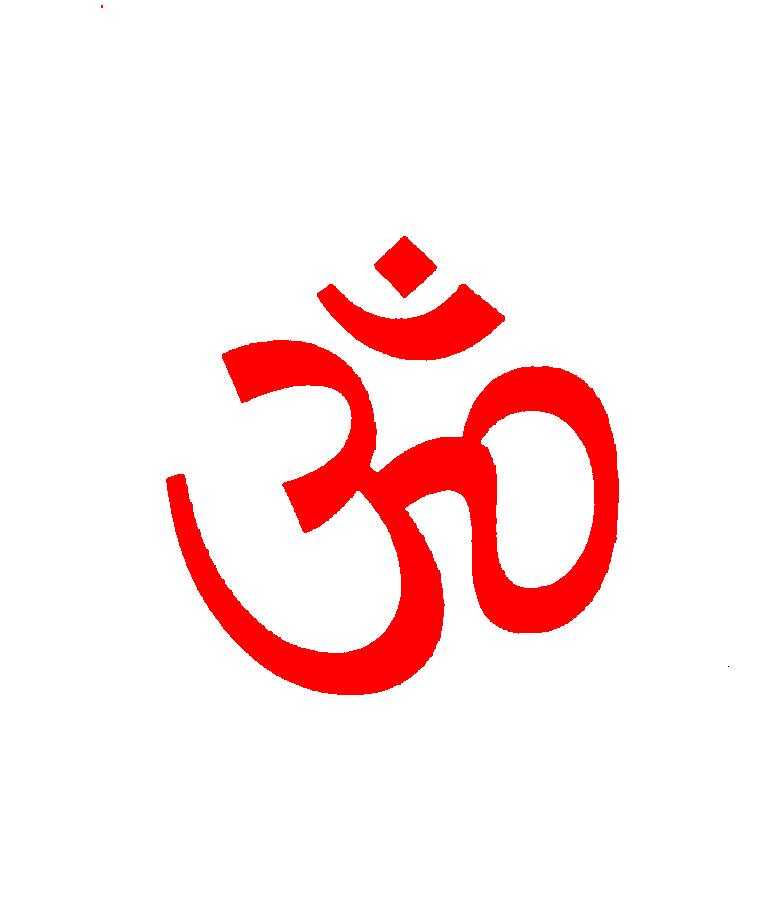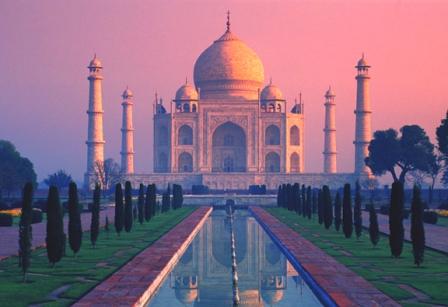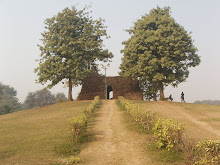I’d like to first of all apologize to all of you loyal followers and fans of the blog for my lack of output towards the end of my trip. As I look back to my blog page, I can’t believe my latest entry was February 24th, before I left for my volunteering! Wow, seems like eons ago! I have a couple of excuses, however unjustified they might be. One is that my volunteering project did not completely go as planned and as a result had me a bit stressed. Partially related, is simply the residual effects of extended travel in the extremities of a paradoxical culture such as India, that tend to wear on a person whose intentions are to live a life somewhere in the middle. I hit the proverbial wall and for these reasons, criticisms began to emerge that I felt needed time for
 pondering. Also, this period was the start of my travel with a companion, when I’d gotten very comfortable travelling by my self. I simply didn’t have the alone time I enjoyed before. So, for a guy who requires significant thought and time to articulate his crazy little world, this environment was not compatible for positive, quality writing. So I took some time. A LOT of time!
pondering. Also, this period was the start of my travel with a companion, when I’d gotten very comfortable travelling by my self. I simply didn’t have the alone time I enjoyed before. So, for a guy who requires significant thought and time to articulate his crazy little world, this environment was not compatible for positive, quality writing. So I took some time. A LOT of time!I’ll try to bring you all up to speed on how the final chapter of the trip turned out by starting with where I left off, my volunteering project. Choosing where I would volunteer was difficult, but it appeared Dakshinayan had most of what I was looking for at a price I could afford (unbeknownst to me, volunteering overseas can be quite expensive). It appeared to be a small,
 grassroots organization with its goals set on making a positive and sustainable impact on the multiple communities involved. Another aspect it appeared to contain, which was very important to me, was significant volunteer/community interaction within those communities. And equally important, was again, a reasonable fee, in which my money, for the most part, was not being put towards any kind of large-scale advertising or to an organization trying to expand beyond their capabilities, which appears to happen all too often, losing sight of the what’s important. Everything seemed to “check-out”, right down the line.
grassroots organization with its goals set on making a positive and sustainable impact on the multiple communities involved. Another aspect it appeared to contain, which was very important to me, was significant volunteer/community interaction within those communities. And equally important, was again, a reasonable fee, in which my money, for the most part, was not being put towards any kind of large-scale advertising or to an organization trying to expand beyond their capabilities, which appears to happen all too often, losing sight of the what’s important. Everything seemed to “check-out”, right down the line.What I was not aware of, however, was that the website, which showed what life might be like for a volunteer at Dakshinayan, was grossly outdated and the project’s mission had shrunk in both capacity and integrity. That volunteer/community interaction that appeared so prevalent
 on the website turned out to be, for all intents and purposes, forbidden outside of teaching the local children inside the project’s, perhaps ½ square mile, brick walled confines during the mornings 6 days a week. This left a LOT of free time…in the walled confines. The afternoons/evenings and remaining free days were to be spent inside or within site of the project walls. When inquiring about exploring the local cultures and environment that I was so eagerly interested in, I was made to believe that the local culture had nothing to offer and that the villages were not fit for foreigners. End of story! I felt a deliberate attempt to be barred from the local goings-on and vice versa and a real contempt for the communities being served here. So, to keep occupied outside of reading 6 books in the 3 weeks I was there, an hour and half of yoga and an hour run each day, I was forced to, in
on the website turned out to be, for all intents and purposes, forbidden outside of teaching the local children inside the project’s, perhaps ½ square mile, brick walled confines during the mornings 6 days a week. This left a LOT of free time…in the walled confines. The afternoons/evenings and remaining free days were to be spent inside or within site of the project walls. When inquiring about exploring the local cultures and environment that I was so eagerly interested in, I was made to believe that the local culture had nothing to offer and that the villages were not fit for foreigners. End of story! I felt a deliberate attempt to be barred from the local goings-on and vice versa and a real contempt for the communities being served here. So, to keep occupied outside of reading 6 books in the 3 weeks I was there, an hour and half of yoga and an hour run each day, I was forced to, in  a sense, sneak out of the area to experience real-life, rural India in the local villages. What I found was the loving interactions of a vivid local culture for which I was searching. The locals were an incredibly beautiful, curious and kind people. It’s these memories, along with the time spent with the wonderful children that I will remember fondly.
a sense, sneak out of the area to experience real-life, rural India in the local villages. What I found was the loving interactions of a vivid local culture for which I was searching. The locals were an incredibly beautiful, curious and kind people. It’s these memories, along with the time spent with the wonderful children that I will remember fondly.Unfortunately, the problems didn’t stop there. Without getting into too much detail, I’ll just say that there were issues that, in my opinion, bordered on caste inequalities regarding the director’s treatment of his teachers/servant boys, exhibitions of power, intimidation and fear tactics towards the children including observed physical violence. And life at the project outside of teaching was not unsurprisingly frustrating. I did my best to fit in by helping with chores, starting projects and melding into the small group
 that included the project director, two other local teachers and a cook, but was met with an exclusive attitude that eventually left me feeling very unappreciated. And so it was one fine Sunday afternoon when a friend of the director happened to catch me mingling in town that I was subsequently reminded that I was to have nothing to do with the nearby village life. It turned out to be the straw that broke the camels back and I then made the decision that it was time to leave the project one week earlier than planned.
that included the project director, two other local teachers and a cook, but was met with an exclusive attitude that eventually left me feeling very unappreciated. And so it was one fine Sunday afternoon when a friend of the director happened to catch me mingling in town that I was subsequently reminded that I was to have nothing to do with the nearby village life. It turned out to be the straw that broke the camels back and I then made the decision that it was time to leave the project one week earlier than planned.I’m still fumbling a bit with what to think about how that experience played out. Was I being too stubborn, too hard-headed in my ways? Too selfish? Is there such a thing as living too idealistic? Too rigid or too uncompromising? After having two months with which to think about it, I’ve come to two conclusions; one, my reasons for leaving are justified and I’ve accepted that, and two, the guilt of leaving the kids earlier than I needed still remains. Ah, and so is the paradox of India…
Wanting to get SOMETHING on the blog page while another entry once again comes sputtering forth longer than intended, I’m going to post this guy before I pause and slack another month away. I sure hope it’s not that long before I wash my hands with “Over The Hills and Far Away…to India”. At least 2 more blogs should be on the way to wind ‘er up! Then, another extended writer’s sabbatical notwithstanding, I’m proud to announce the summer’s blog of an inevitably action-packed journey up to our nation’s last frontier in Alaska, “Into the Alaskan Wild”. Until next time, I hope this entry finds everyone tip-toeing through the spring tulips, at the ball parks and cheering on our beloved Bulls to pull off a game 7 in Boston tomorrow night! GO BULLS!














































